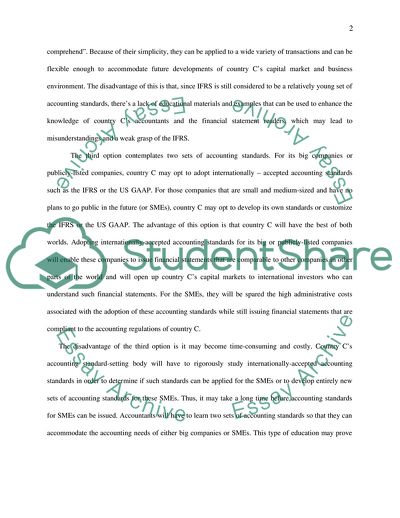Cite this document
(Advanced Financial Accounting: The Reporting Standards Assignment, n.d.)
Advanced Financial Accounting: The Reporting Standards Assignment. https://studentshare.org/finance-accounting/1719204-assignement-for-advance-financial-accounting
Advanced Financial Accounting: The Reporting Standards Assignment. https://studentshare.org/finance-accounting/1719204-assignement-for-advance-financial-accounting
(Advanced Financial Accounting: The Reporting Standards Assignment)
Advanced Financial Accounting: The Reporting Standards Assignment. https://studentshare.org/finance-accounting/1719204-assignement-for-advance-financial-accounting.
Advanced Financial Accounting: The Reporting Standards Assignment. https://studentshare.org/finance-accounting/1719204-assignement-for-advance-financial-accounting.
“Advanced Financial Accounting: The Reporting Standards Assignment”. https://studentshare.org/finance-accounting/1719204-assignement-for-advance-financial-accounting.


